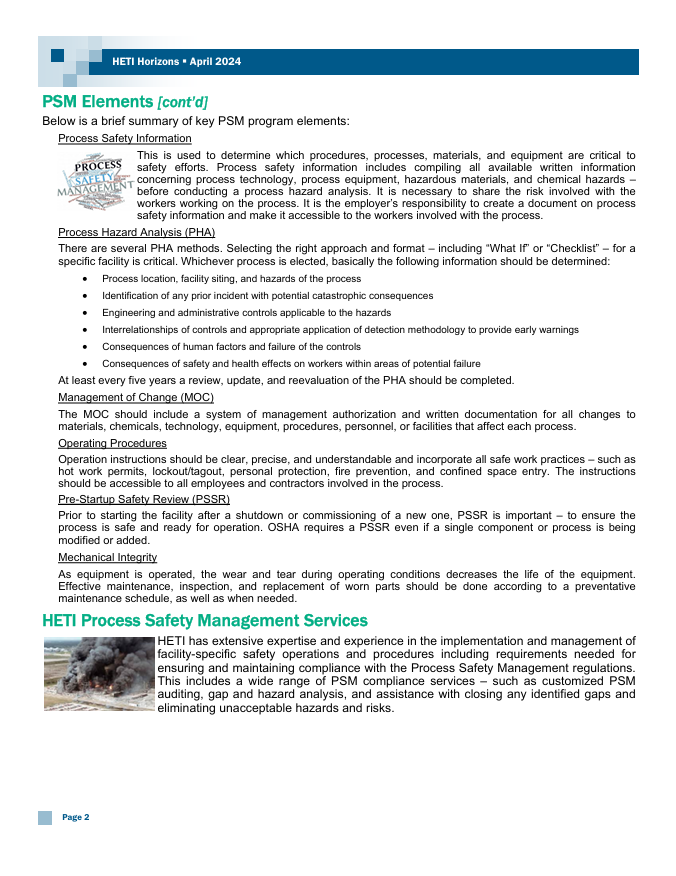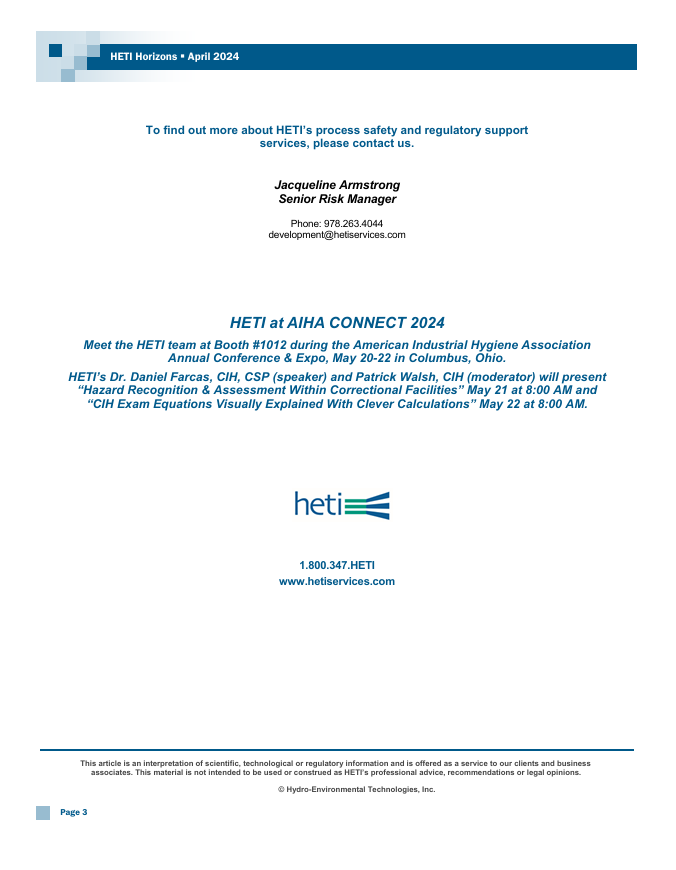On October 10, 2024, a chemical leak occurred at the PEMEX Deer Park Refinery where two people died and about 35 others were injured due to the release of hydrogen sulfide (H₂S). This incident prompted a city-wide shelter-in-place; and later that day the City of Deer Park reassured the public via social media: “We are aware of the odor but there is no hazard to the community.”
This raises an important question: How can it be deemed safe to smell a gas in certain circumstances, particularly when fatalities had occurred that day due to that exact gas? Because during industrial incidents, like the chemical leak at the PEMEX Deer Park Refinery, H₂S concentrations in areas accessible to the public are typically diluted to levels well below hazardous thresholds. H₂S toxicity is primarily due to its ability to interfere with cellular respiration by inhibiting cytochrome oxidase enzymes, which are critical for energy production in cells. At low levels, the inhibition of mitochondrial enzymes is reversible; and once H₂S is cleared by human metabolism, cellular respiration and energy production return to normal.
Humans can detect H₂S at concentrations as low as 0.00047 ppm (parts per million) or 0.47 ppb (parts per billion) – which is often described as having a “rotten egg” smell – well below levels that pose a health risk. This sensitivity allows individuals to notice the gas even when it is present in concentrations far too low to cause harm. Exposure to levels exceeding 300 ppm can cause unconsciousness and death within minutes, due to respiratory failure. Paradoxically for human safety at concentrations exceeding approximately 100-150 ppm, H₂S rapidly desensitizes the olfactory nerves, leading to a loss of the ability to smell the gas even at toxic concentrations. Workers thus may unknowingly remain in a hazardous environment, believing that the gas leak stopped and the smell dissipated into the air – increasing their risk of severe health effects, including respiratory failure, unconsciousness, or death.
The sense of smell plays a critical role in our daily lives and in safety and health, particularly in industrial and occupational environments where hazardous chemicals are present. In this edition of HETI Horizons, we explore the fascinating intricacies of olfactory perception, its implications – from normal function (normosmia) to altered conditions (e.g., anosmia and parosmia), as well as factors influencing odor thresholds.
What Are Odor Thresholds?
Odor thresholds refer to the minimum concentration of a substance in air that is detectable by the human nose. This is typically divided into two categories:
- Detection Threshold: The lowest concentration at which a person can detect an odor but cannot
identify it. - Recognition Threshold: The concentration at which an odor is recognizable and can be associated with a particular substance.
In occupational safety, detection thresholds might alert someone to the presence of a chemical (e.g., “I smell something”), while recognition thresholds are critical for identifying specific hazards (e.g., “This smells like hydrogen sulfide, a toxic gas”). These thresholds vary significantly among individuals due to a range of physiological and environmental factors.
Olfactory Disorders: From Anosmia to Phantosmia
The sense of smell is a dynamic and complex system, and several disorders can impact it:
- Normosmia: Normal smell perception. For example, a worker in a chemical plant detects a faint odor
of natural gas, triggering immediate action to check for leaks. The normal sense of smell allows
identification of potential hazards before they become critical. - Anosmia: Complete loss of smell, often observed in viral infections such as COVID-19. For example, a
lab technician who has lost their sense of smell due to COVID-19 cannot detect a gas leak from a
malfunctioning cylinder – potentially putting themselves and colleagues at risk. This highlights the need
for backup safety measures like gas detectors. - Hyposmia: Reduced sensitivity to odors. For example, a painter working with
solvents may only faintly notice the strong chemical odors in the workspace, leading
to prolonged exposure without realizing the potential hazard. This can result in
overexposure to harmful fumes. - Hyperosmia: Heightened sensitivity to smells. For example, an office worker
may find the smell of cleaning products in a freshly sanitized office overwhelmingly
strong – causing discomfort, nausea, or headaches. This could necessitate
accommodations, such as using low-odor cleaning agents. - Parosmia: Distorted smell perception, often making pleasant odors seem unpleasant. For example, a
cleaning staff member perceives the pleasant smell of lemon-scented cleaning solutions as sour or
chemical-like after recovering from an illness – causing discomfort during their tasks. - Phantosmia: The perception of odors that are not present. For example, a factory worker suddenly
perceives the smell of burning rubber during their shift, even though there are no fires or machinery
issues. This could cause unnecessary panic or misdirected safety checks – affecting workflow
efficiency.
The COVID-19 pandemic brought widespread attention to these disorders, as many affected individuals reported anosmia or parosmia, with some experiencing prolonged recovery periods. Such conditions may affect workplace safety, as workers may fail to detect harmful chemical odors.
Individual Variability in Odor Perception
A wide range of factors influence odor thresholds, including:
- Gender: Women often exhibit greater sensitivity to odors than men.
- Age: Olfactory sensitivity declines with age, impacting recognition thresholds.
- Smoking: Long-term smoking damages olfactory receptors, reducing smell
perception. - Pregnancy: Hormonal changes can heighten sensitivity to certain odors.
Individual variability underscores the importance of tailored safety protocols in workplaces.
New technologies in gas detection provide more sensitive, real-time monitoring of odor-causing substances like hydrogen sulfide, ammonia, and volatile organic compounds (VOCs). These devices can now detect concentrations far below regulatory thresholds, improving early warning systems. Also, personal monitoring devices, often integrated with wireless systems, allow workers to receive alerts when odor thresholds are exceeded – reducing reliance on human olfactory perception, which can be impaired by conditions like anosmia or olfactory fatigue.
HETI…Here to Help
HETI can assist in understanding the complexities of odor thresholds and the various factors that influence them. By leveraging our expertise, we can help clients implement enhanced safety measures, safeguard their workforce, and promote a healthier and more secure workplace environment. HETI can provide tailored recommendations for air quality monitoring systems – including gas detectors and alarm thresholds calibrated to detect hazardous substances before they pose a risk. We can also conduct workshops to educate workers about the importance of odor perception in safety – including conditions like olfactory fatigue, hyposmia, and anosmia, which can impact hazard detection.
To find out more about this and other HETI industrial hygiene services,
please contact us.
Daniel Farcas, PhD, CIH, CSP, CHMM
Senior Industrial Hygienist





